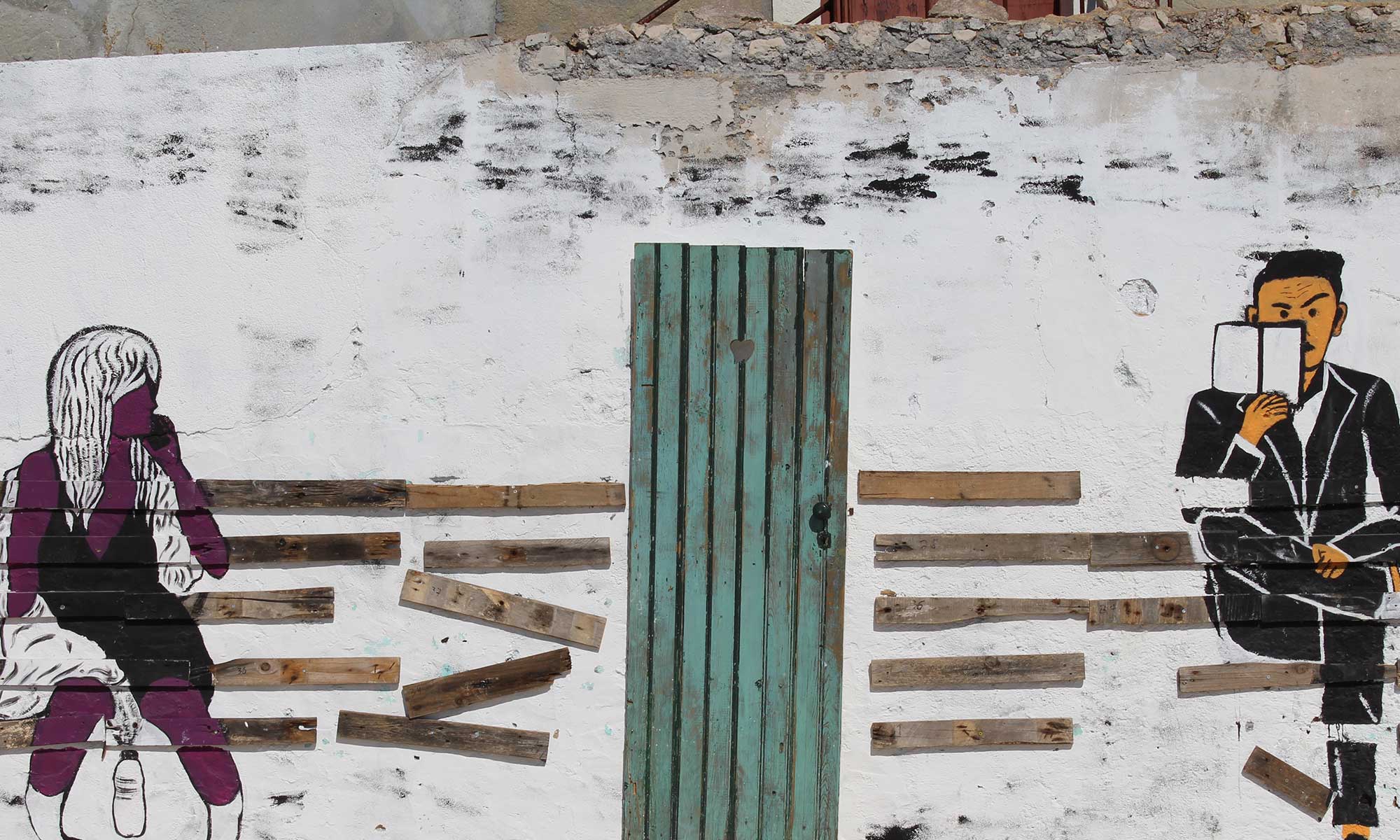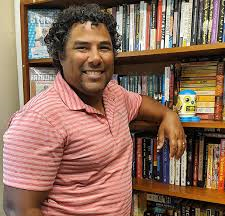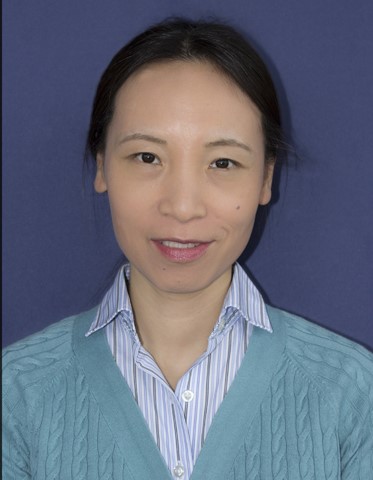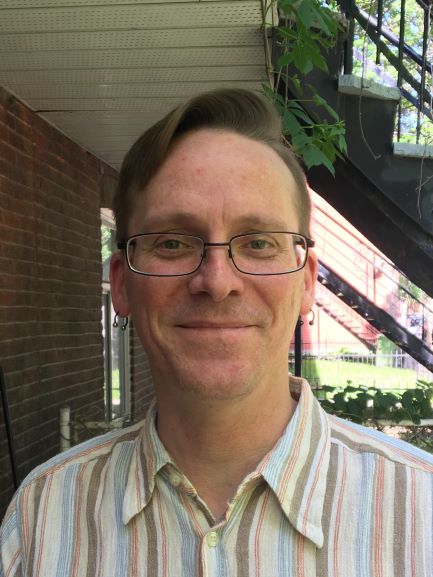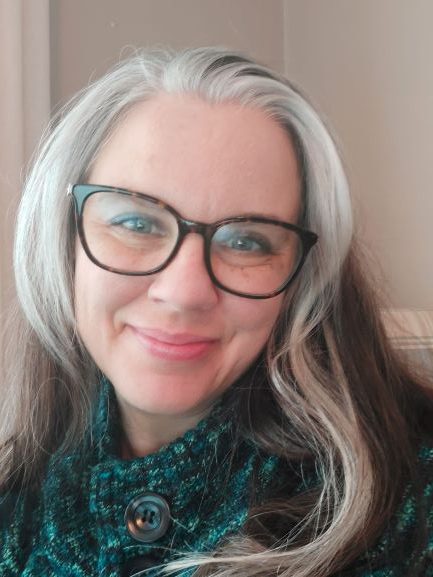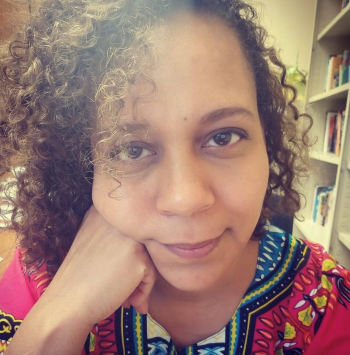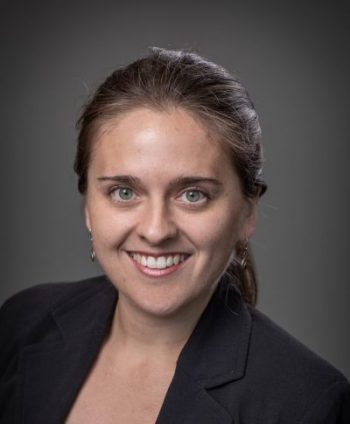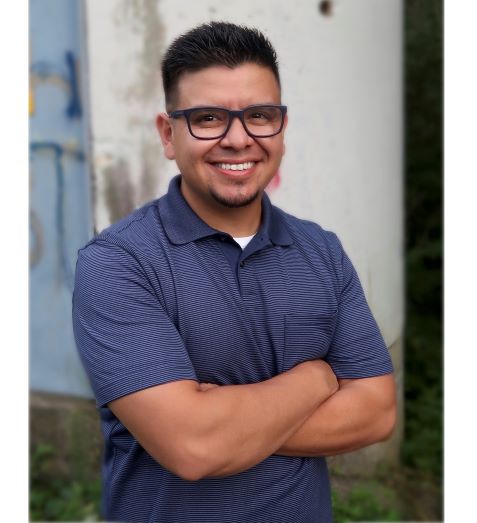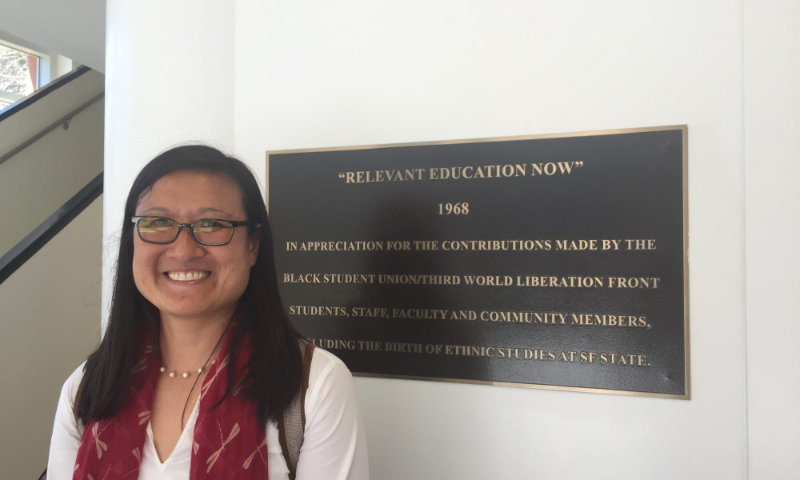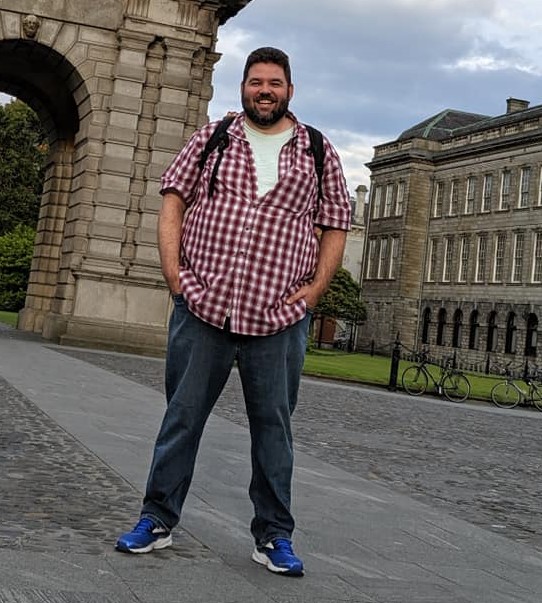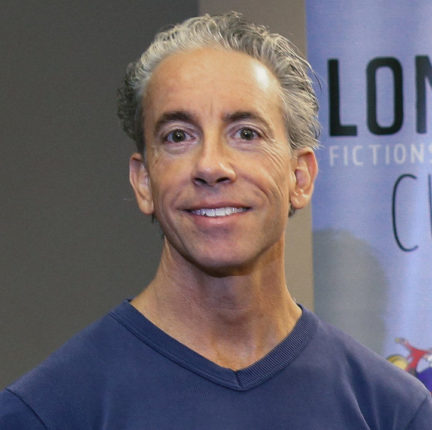Reading literature doesn’t take place in a vacuum, nor does researching it. Both are situated activities, shaped by personal experiences, (emotional) memories, and the worlds around us. Indeed, the desire to explore narratives is often sparked early on, and critical thinking is fostered over time. The storyworlds we encounter over the years engage us as we critically engage with them, trying to understand how and why it is that they can impact us so deeply.
In an era marked by discourses that aim to diminish and disparage some shady and unfathomable ‘Other,’ we are interested in how and why scholars engage with ethnic American literatures in their work. That’s why we ask them to share with us when and how they first engaged with literary texts and how their experiences have shaped them.
The personal reading stories we hope to collect here help us better understand where different researchers are coming from and how they encounter storyworlds as a result of that. Our great thanks goes to all the scholars who participate in our project!
How Reading Shapes Us: Kareem Tayyar
It begins with Marvin K. Mooney, Will You Please Go Now!, by Dr. Seuss. You are three, maybe four years old, and even though it will be another few decades before you learn of the book’s veiled references to the Nixon Administration, you are already enchanted by the alluring strangeness of the world Seuss has created. It is the suburbs’ answer to Wonderland ….
How Reading Shapes Us: Isiah Lavender III
Hello, my name is Isiah Lavender III and I’m a self-confessed bibliophile. I believe it is my duty to disrupt the imperial gaze by exploring BIPOC futures arising from non-Western cultures and ethnic histories. Viewed in this way, I help the world to understand that BIPOCs live in the future too, that we can reboot identity in the creation of CoFutures.
How Reading Shapes Us: Lan Dong
My earliest memory of reading and literature is associated with pocket-sized picture-story books (known as “Lian Huan Hua” in Chinese). When I was young, my mother read the stories to me; when I learned to read enough words, I read as many picture-story books as I could get my hands on. The majority of these books are illustrated adaptations or abridged versions, usually in narrative form.
How Reading Shapes Us: Derek C. Maus
I spent a good deal of my childhood and early adolescence in the 1980s sleepless with nightmares about nuclear war. I even wrote to the Soviet embassy in Washington D.C. at some point during junior high, requesting more information about the nation that ostensibly justified the omnipresent threat of nuclear apocalypse.
How Reading Shapes Us: Lesley Larkin
My parents were both great readers: My mother loved family dramas and stories about misfits and outsiders. Her favorite authors were Anne Tyler, Carson McCullers, and Tennessee Williams.
How Reading Shapes Us: Stefanie Dunning
I was a senior in high school when my teacher assigned a short story by Alice Walker called “Everyday Use.” It is the first time I remember reading a piece by a non-white writer in an educational setting and the discussion of that text would forever change me as a reader.
How Reading Shapes Us: Stacey Alex
As a white high school student, my memory of “Ethnic American Literature” was that it was largely relegated to a summer reading list. We were expected to select one book and write about it on the first day of class. I think I chose something by Toni Morrison, but the richness of that work was lost on me.
How Reading Shapes Us: Julio Enríquez-Ornelas
American writers who are read as part of Ethnic Literature do not perform with the authorial intention of being identified or read as such. Yet, they are.
Continue Reading How Reading Shapes Us: Julio Enríquez-Ornelas
How Reading Shapes Us: Jennifer Ho
Like many people who have pursued a PhD in English Literature or related fields, I was a precocious reader. Among my earliest memories are reading with my parents and sounding out words, matching them to the letters that accompanied the pictures in the books they read to me.
How Reading Shapes Us: James Donahue
I vividly remember my first time reading James Welch’s (Blackfeet) novel Fools Crow. I was studying American literature at the University of Connecticut, taking a class on the American Historical Romance with Prof. Robert Tilton.
How Reading Shapes Us: Patrick Colm Hogan
It appears that my engagement with ethnic American literature has been guided by more abstract considerations—and more trivial matters of happenstance—than may typically be the case.
How Reading Shapes Us: Frederick Luis Aldama
Try putting yourself in my place, the place I was in as a Latinx sophomore in high school when I experienced for the first time the “radioactive” shocks and revelations emitted by very well crafted novels…
Continue Reading How Reading Shapes Us: Frederick Luis Aldama
This blog was curated by Mario Grill and Marijana Mikić during their time on the project.
